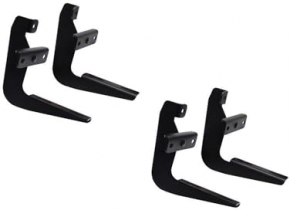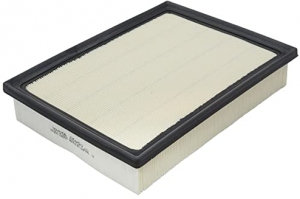-
Welcome to 4Runners.com!
You are currently viewing as a guest! To get full-access, you need to register for a FREE account.
As a registered member, you’ll be able to:- Participate in all 4Runner discussion topics
- Transfer over your build thread from a different forum to this one
- Communicate privately with other 4Runner owners from around the world
- Post your own photos in our Members Gallery
- Access all special features of the site
UCAs and alignments
Discussion in '5th Gen 4Runners (2010-2024)' started by shumif1, Jan 5, 2021.
Page 1 of 3
Page 1 of 3


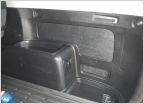 Passenger side storage cover.
Passenger side storage cover. NEW TO 4 RUNNER
NEW TO 4 RUNNER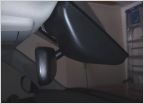 FitcamX -My review.
FitcamX -My review. Ultraswing bicycle carrier thought.....sorry if wrong place
Ultraswing bicycle carrier thought.....sorry if wrong place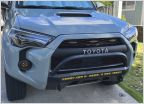 Front license plate solution for CBI bumpers?
Front license plate solution for CBI bumpers?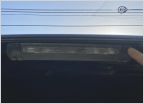 Brighter?!? lmk..
Brighter?!? lmk..

































